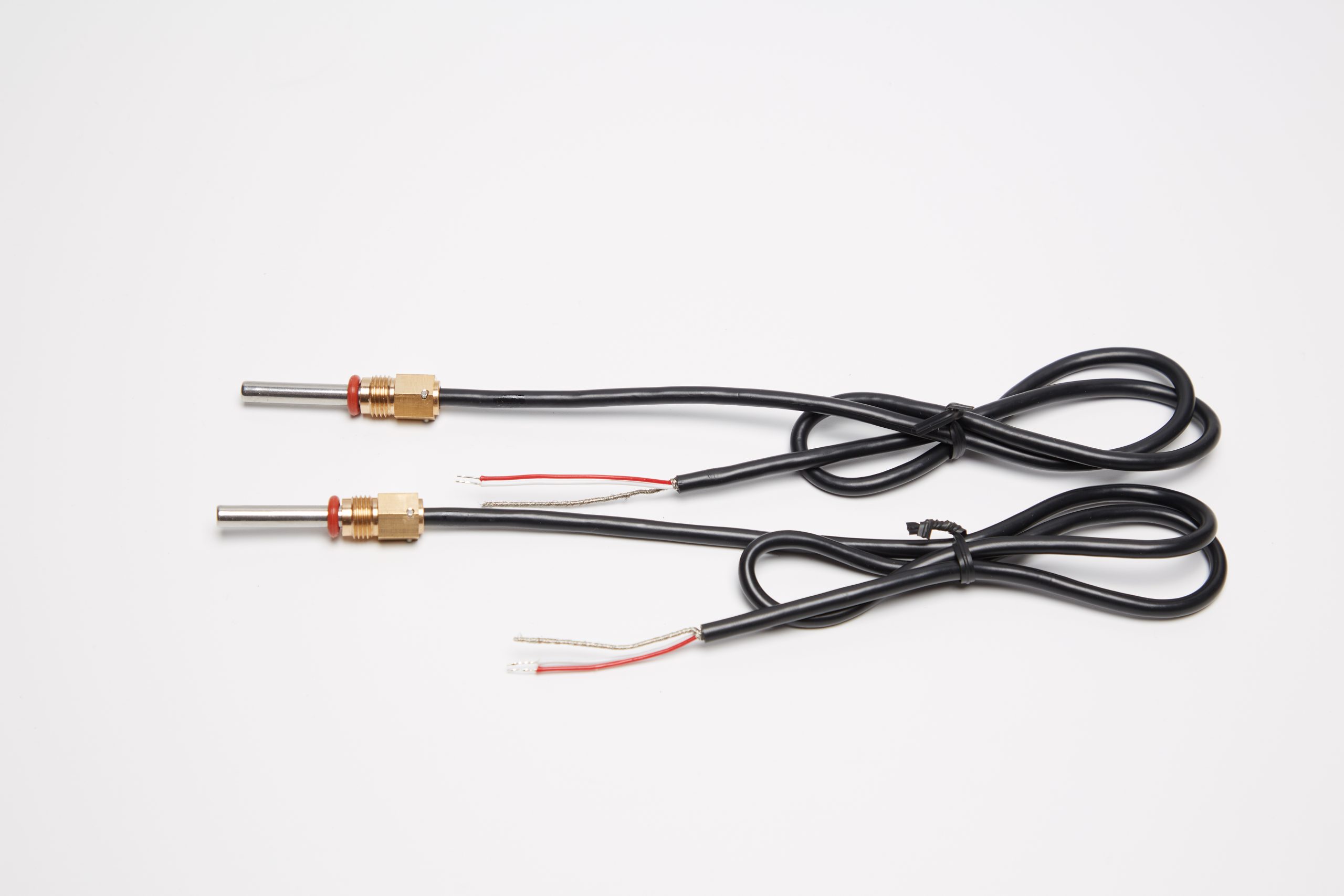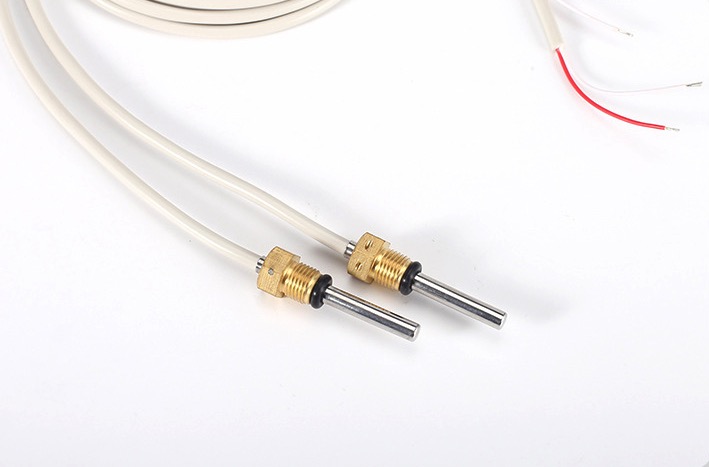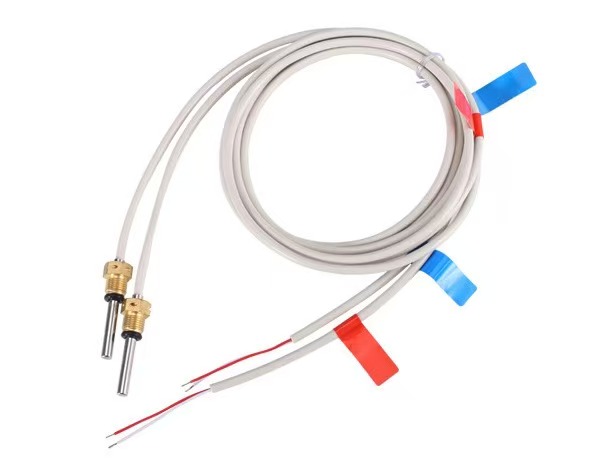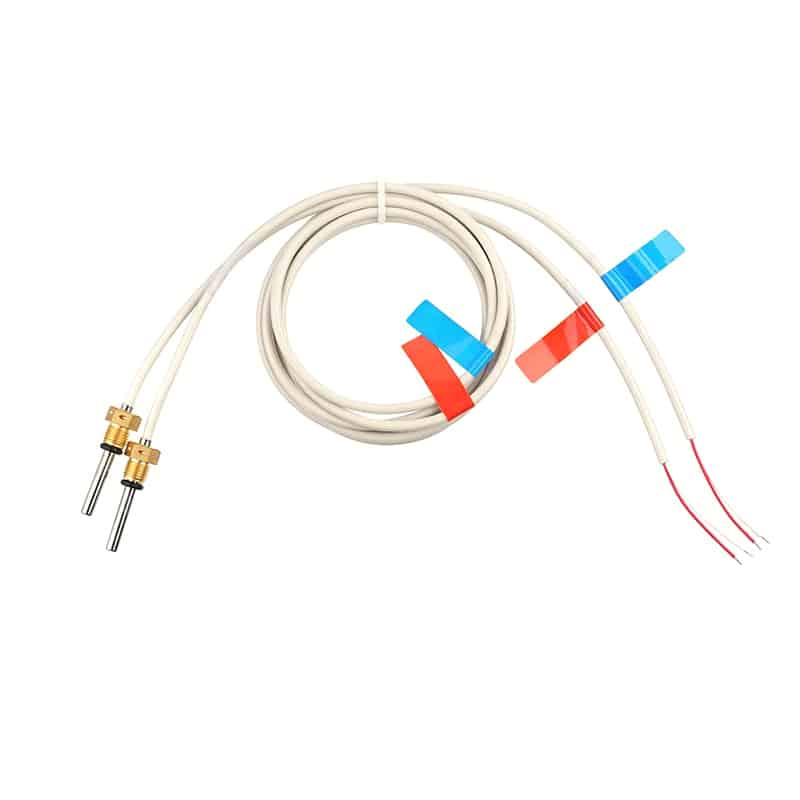Zigbee temperature sensor: A comprehensive guide
Abstract: Are you looking to build a smart home or office that is energy-efficient? Are you tired of using traditional thermostats that don’t give you the flexibility you need to control the temperature in your space? Look no further than Zigbee temperature sensors. In this guide, we’ll cover everything you need to know about Zigbee temperature sensors, including how they work, their benefits, and how to choose the right one for your needs.
What is a Zigbee temperature sensor?
A Zigbee temperature sensor is a wireless device that allows you to monitor and control the temperature in your home or office. Zigbee is a popular wireless networking technology that uses low-power radio signals to connect devices together. Zigbee temperature sensors can communicate with other Zigbee-enabled devices like thermostats, smart switches, and lights, allowing you to create a fully automated smart home or office environment.
How do Zigbee temperature sensors work?
Zigbee temperature sensors work by measuring the temperature in a room and transmitting that data wirelessly to a Zigbee-enabled hub or gateway. The hub or gateway then processes that data and uses it to make adjustments to your heating and cooling system as needed. Some Zigbee temperature sensors also have built-in humidity sensors, which can help you maintain a comfortable and healthy living or working environment.
The benefits of using Zigbee temperature sensors
- Energy efficiency: Zigbee temperature sensors can help you save energy by allowing you to control the temperature in individual rooms or zones. This means you don’t have to heat or cool rooms that are not in use.
- Convenience: With Zigbee temperature sensors, you can control the temperature in your home or office from anywhere using your smartphone or tablet.
- Easy installation: Zigbee temperature sensors are easy to install and don’t require any special wiring or tools.
- Compatibility: Zigbee temperature sensors are compatible with a wide range of smart home and office devices, including thermostats, smart switches, and lights.
Choosing the right Zigbee temperature sensor for your needs
When choosing a Zigbee temperature sensor, there are several factors to consider, including:
- Range: Make sure the Zigbee temperature sensor you choose has a range that is sufficient for your space.
- Battery life: Look for a Zigbee temperature sensor with a long battery life so you don’t have to replace the batteries frequently.
- Additional features: Some Zigbee temperature sensors come with additional features like built-in humidity sensors or motion detectors. Consider whether these features are important for your needs.
Conclusion
Zigbee temperature sensors are an essential component of any smart home or office. With their energy efficiency, convenience, and compatibility, they offer a wide range of benefits over traditional thermostats. When choosing a Zigbee temperature sensor, consider factors like range, battery life, and additional features to find the right one for your needs.





